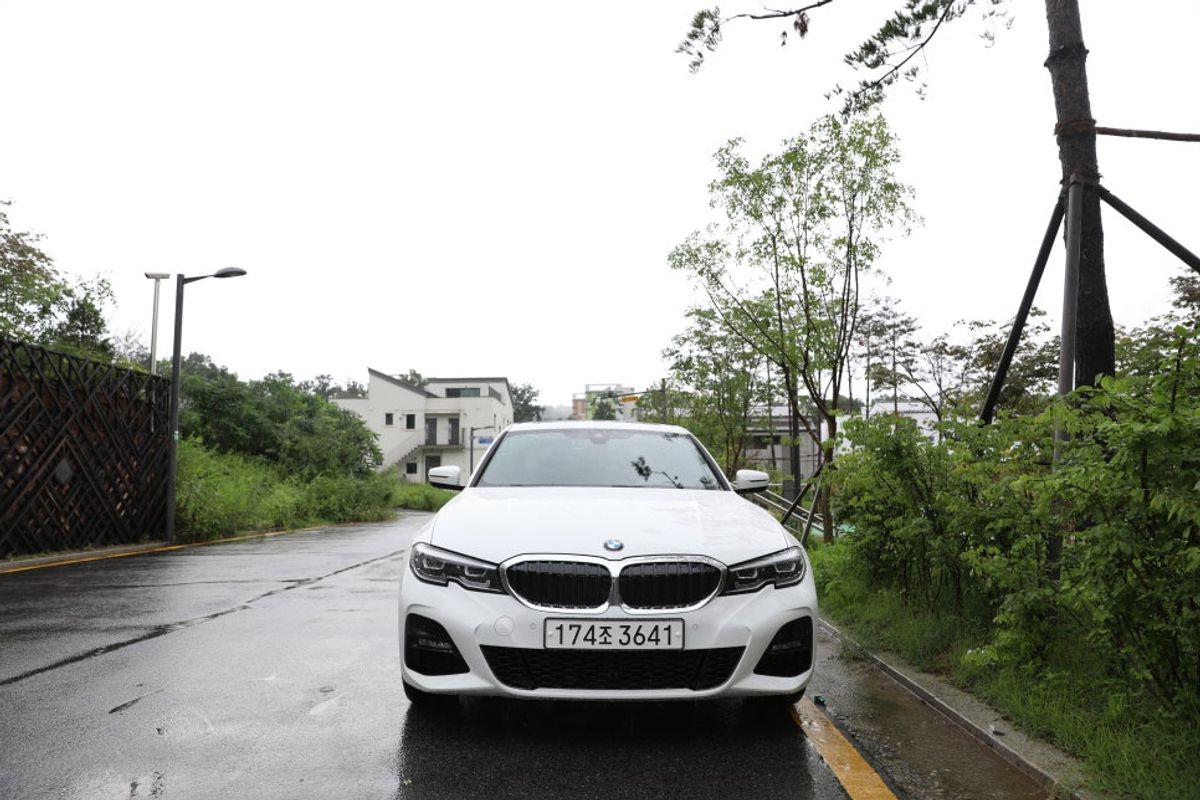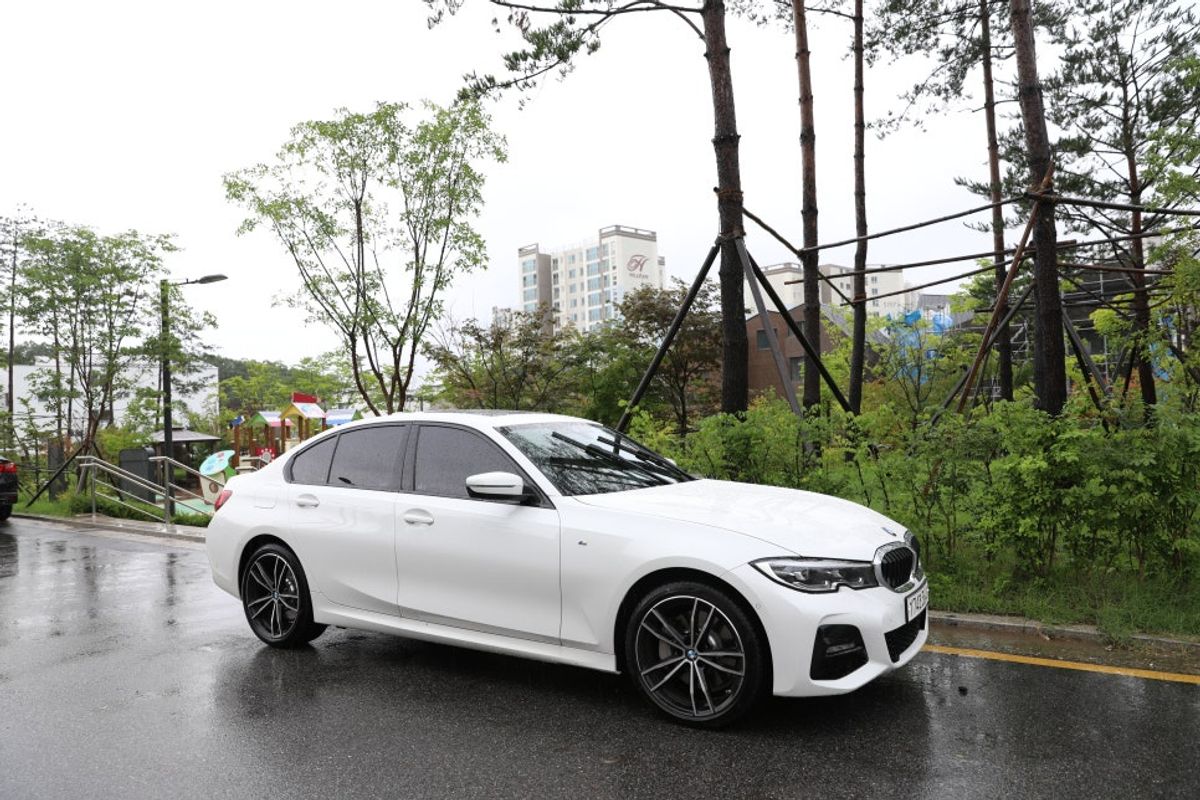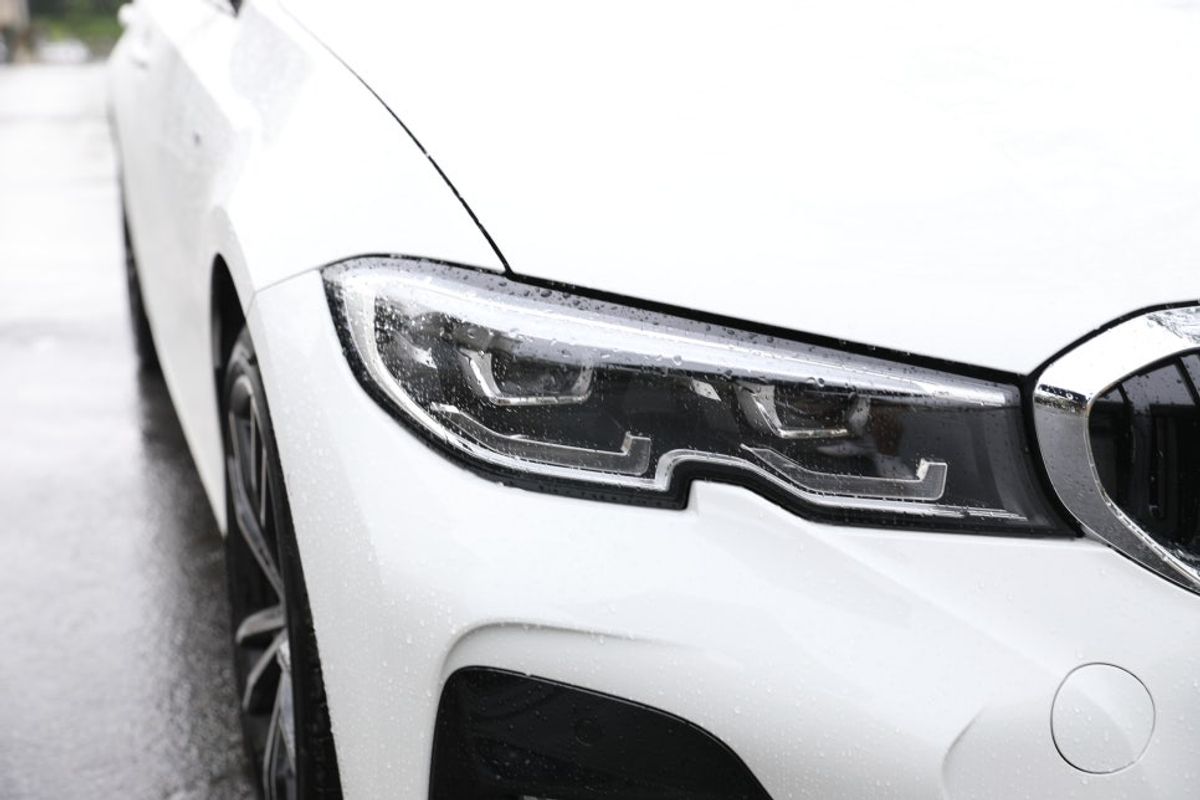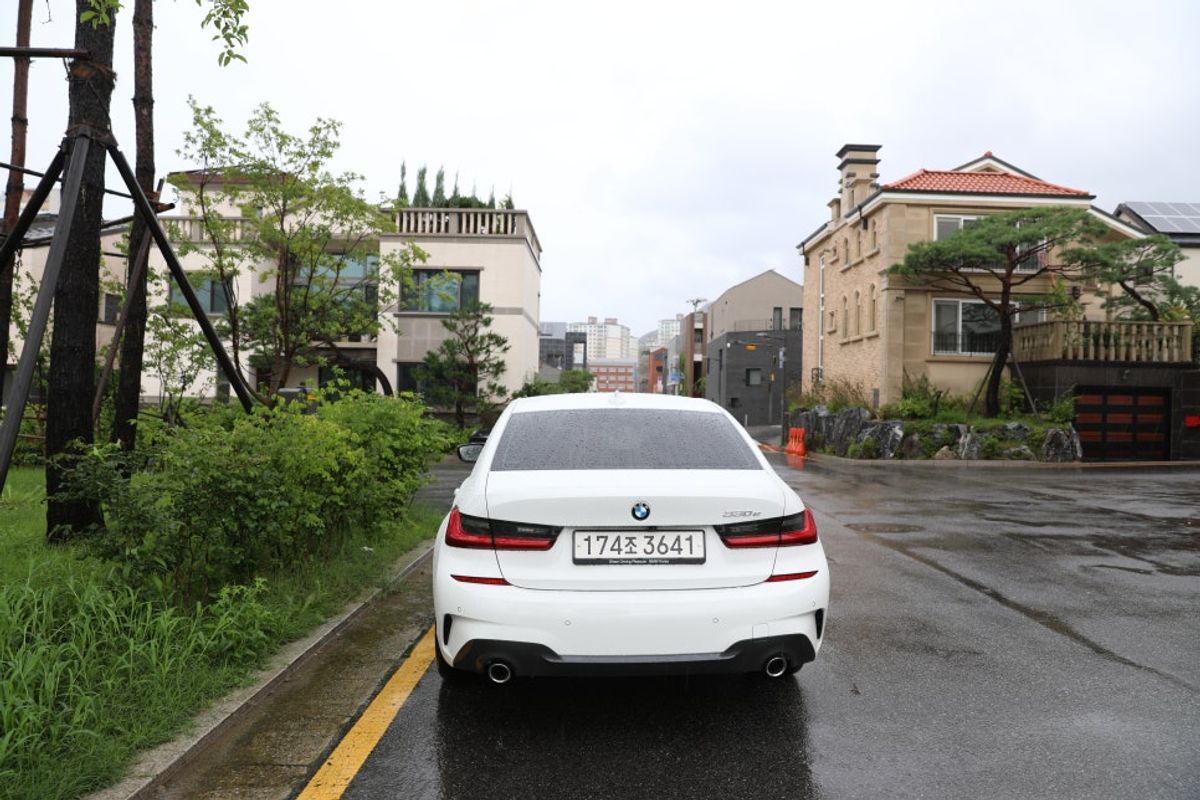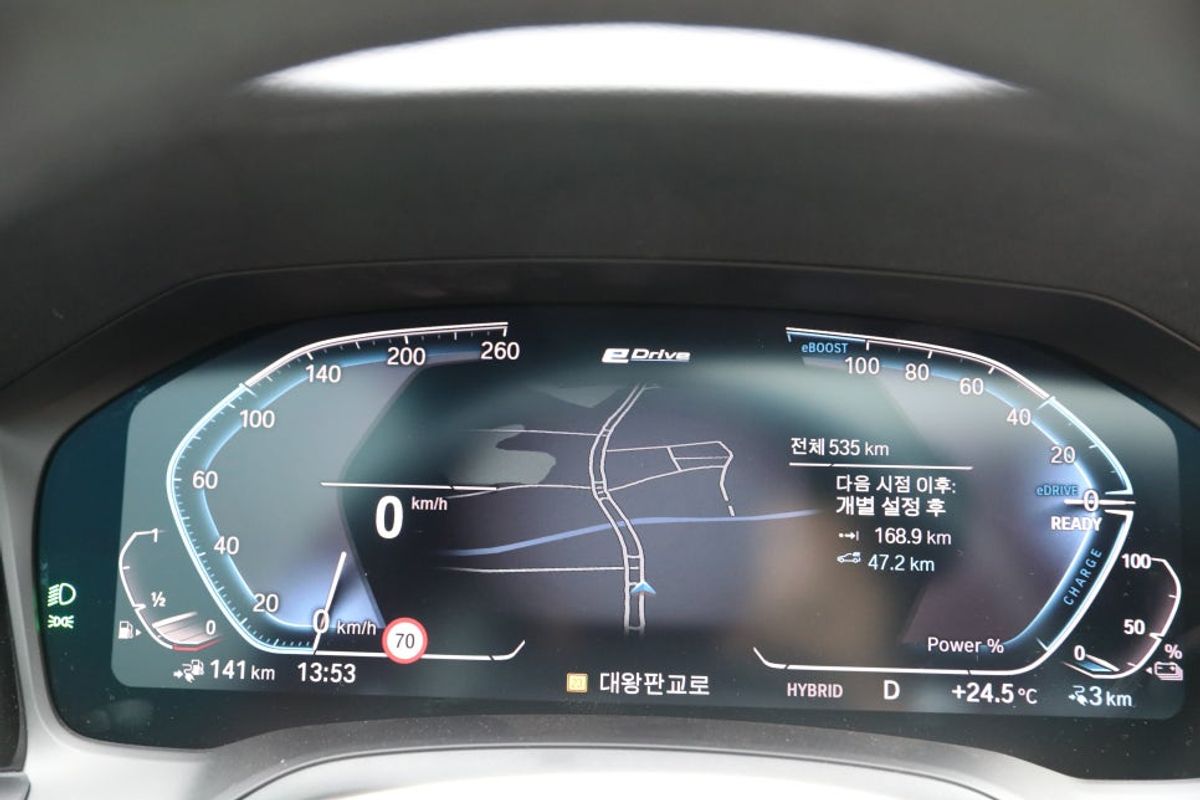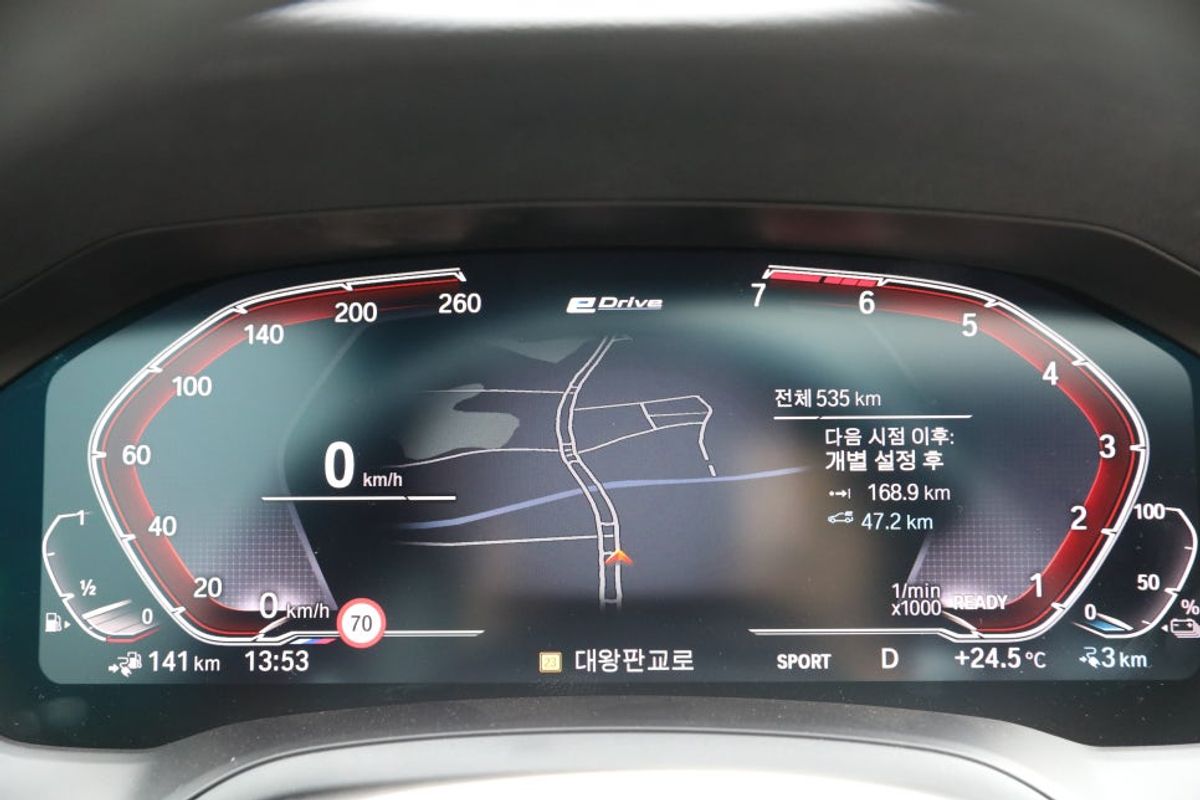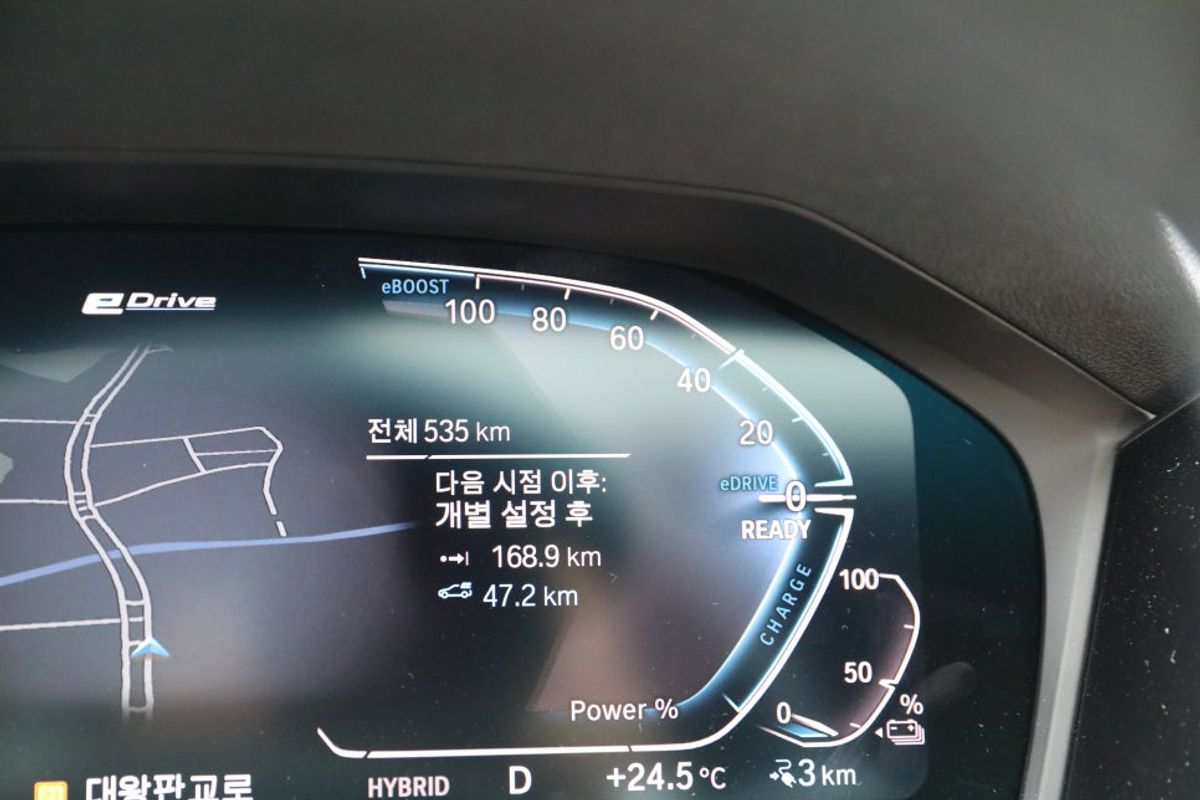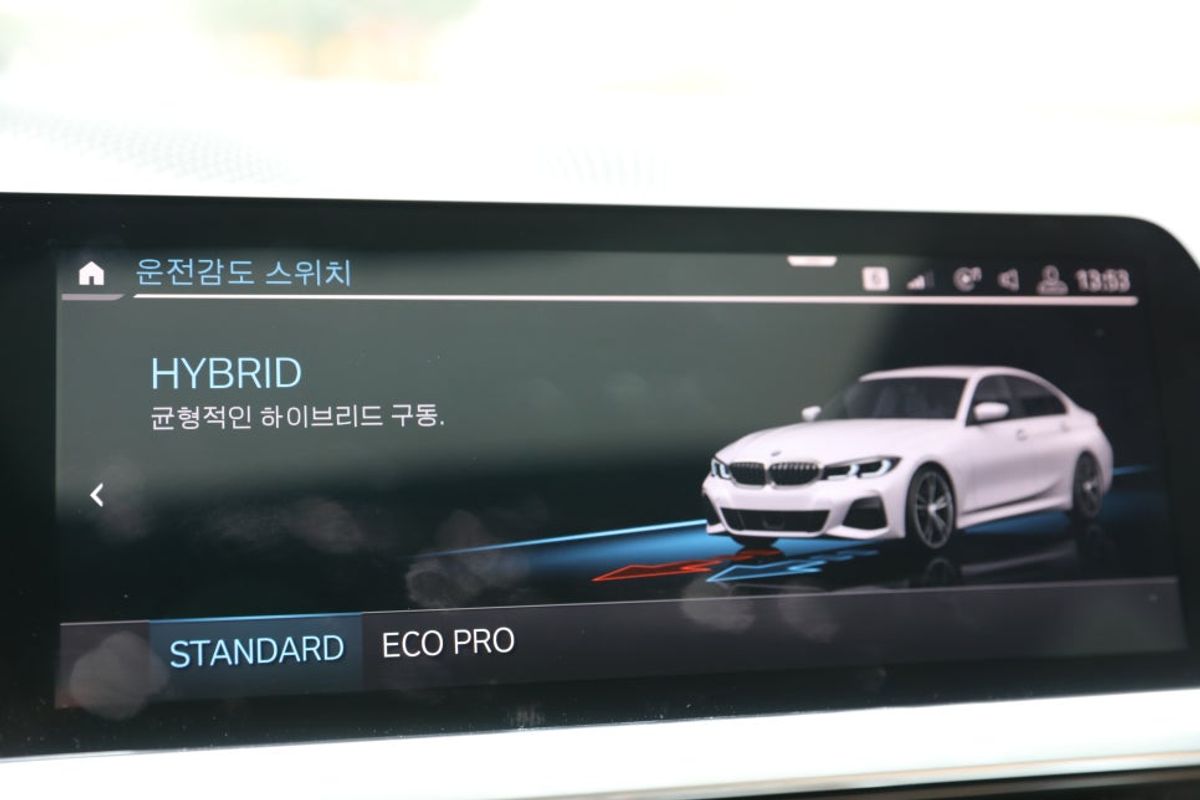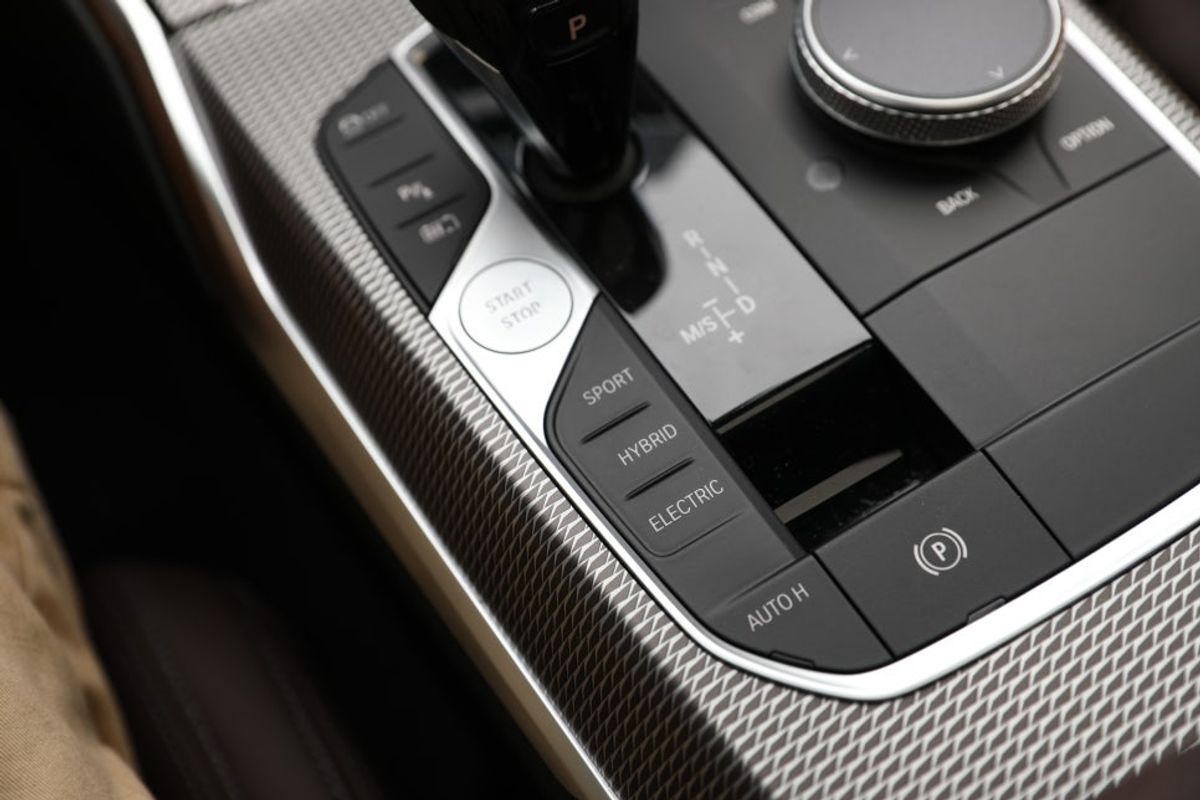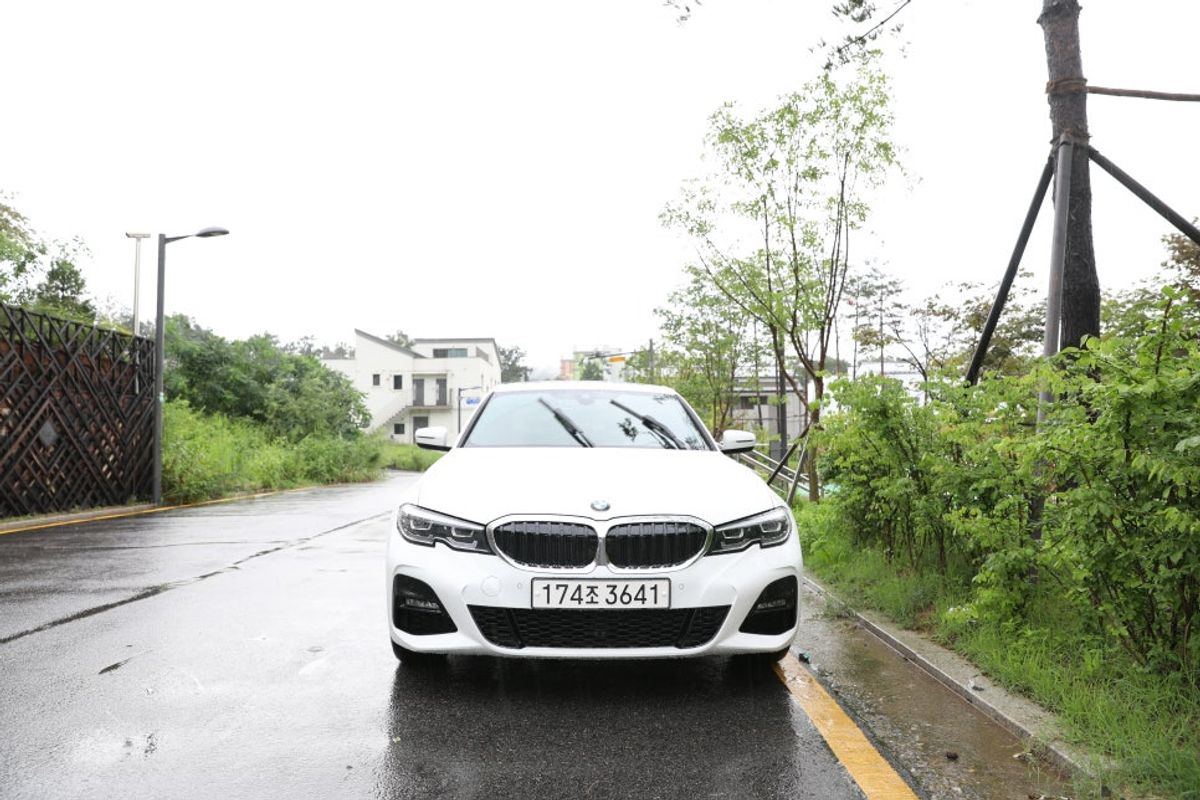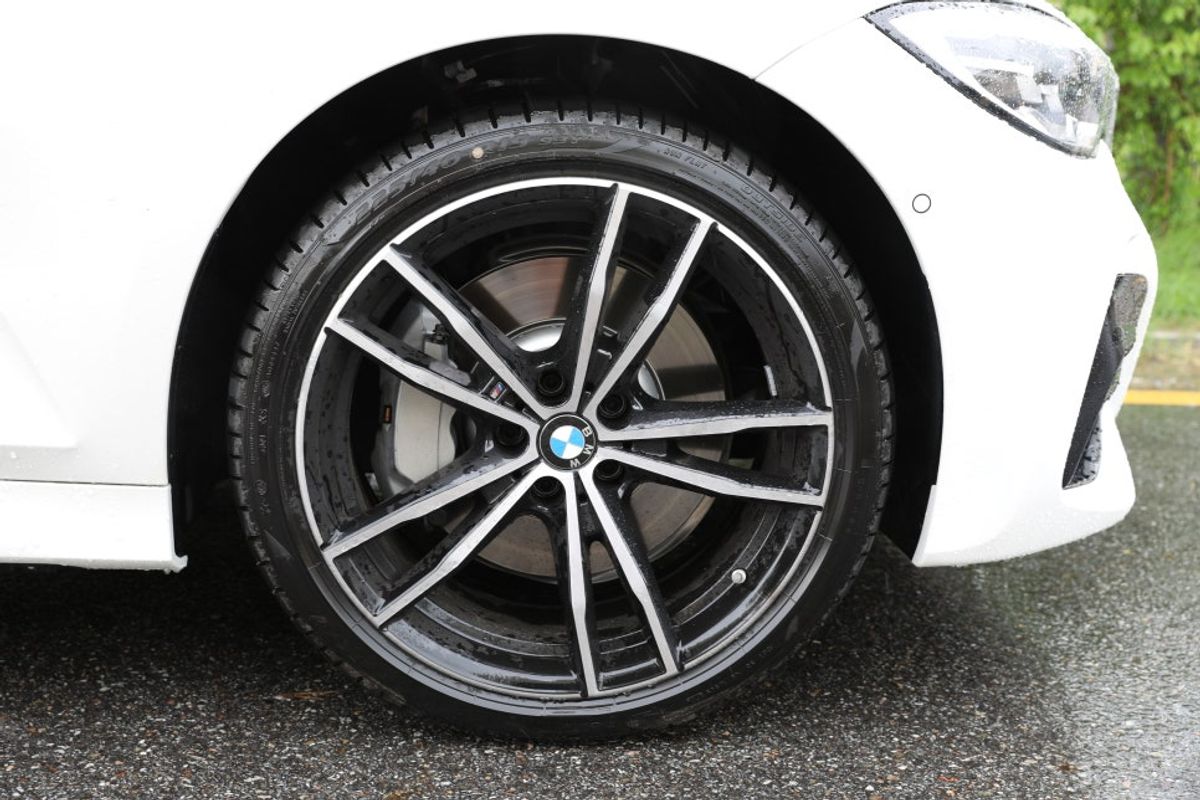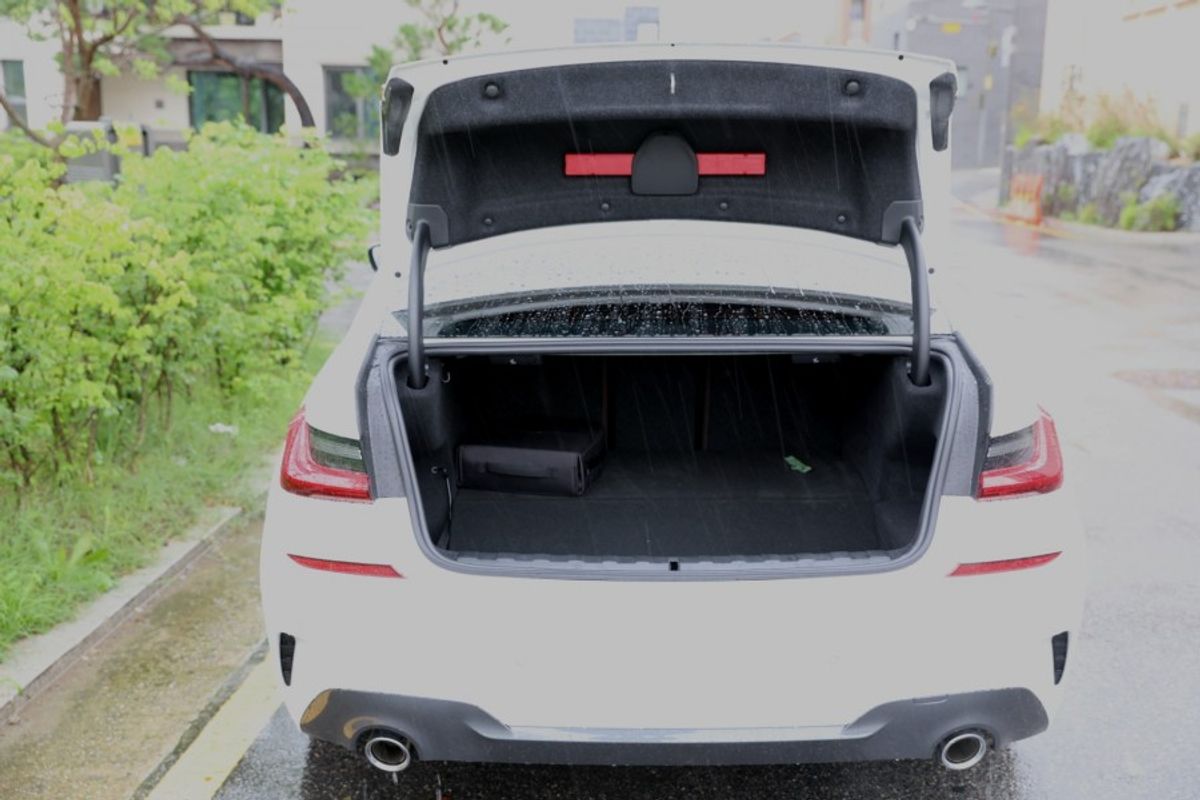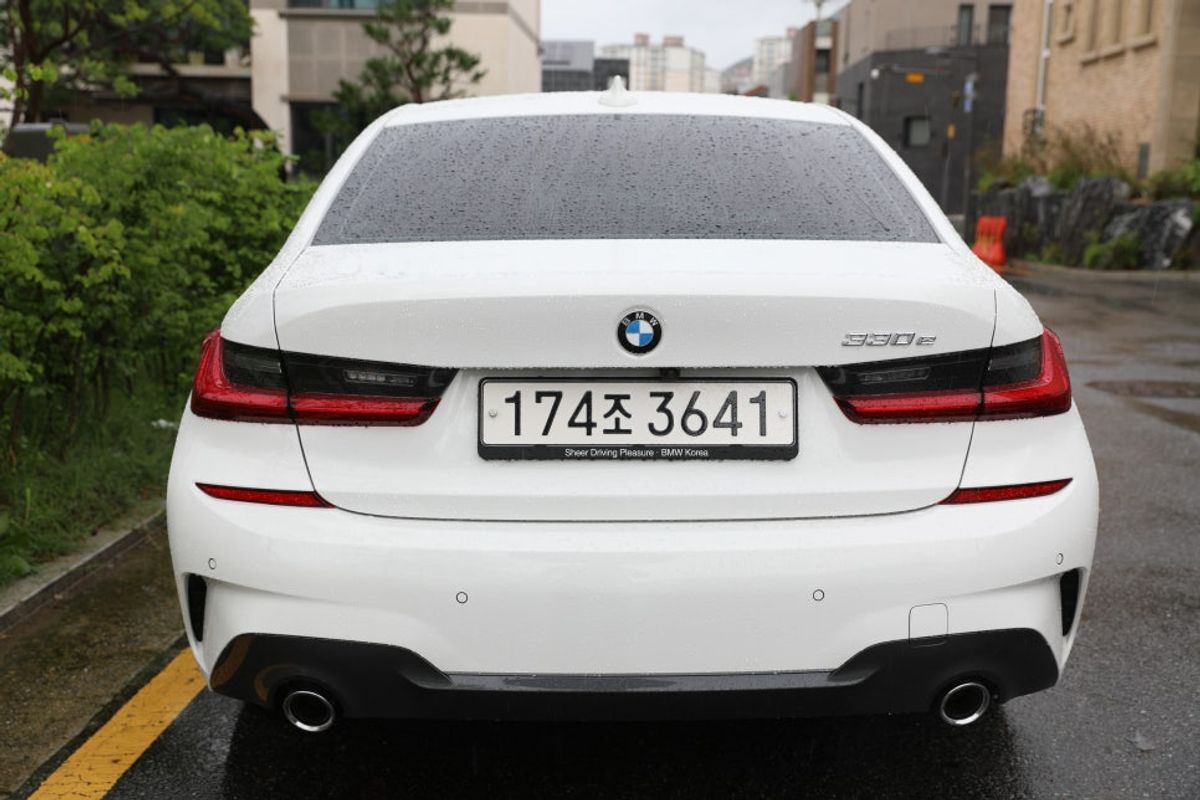Today, I’ll upload the second post of my long-term test drive of the BMW 3 Series plug-in hybrid model, the 330e.
For specifications, pricing, and design of the BMW 330e, please refer to the first test drive post I uploaded a month ago.
This year, we’ve seen an extraordinary amount of rain, recording the longest rainy season.
Consequently, I found myself driving primarily on wet roads during the long-term test drive,
and I was impressed by the stability of the BMW 330e.
The BMW 330e utilizes laser light technology, providing an additional visibility range of about 600 meters compared to standard LED lights.
This feature enhances the driver's visibility during nighttime driving, allowing for a more secure driving experience.
In the past, I often found myself switching between high beams and low beams while driving on dark highways at night,
but I don’t recall needing to use the high beams during my test drive of this model.
This advantage of the model equipped with BMW's laser light option is undeniable.
Many people are interested in the BMW 3 Series plug-in hybrid model because it can operate using both an internal combustion engine and an electric motor.
This dual functionality piques the curiosity of many who have yet to experience it.
I’ve received various questions from those around me, such as...
"How does it compare to the Tesla Model 3?"
"Doesn’t it lose some driving fun?"
"What happens when the battery runs out?"
"Isn’t it too expensive?" were among the questions I received.
Today, I will address these questions for those curious about the BMW 3 Series 330e.
If you have any other questions, feel free to leave a comment.
(Aside from today’s answers, if you have any other inquiries, please feel free to reach out)
First, it’s challenging to directly compare electric vehicles with BMW's plug-in hybrid models.
To recommend one over the other, you need to consider how you plan to use the vehicle,
but I often recommend plug-in hybrid models like the BMW 330e to those around me.
The reason is that plug-in hybrid models can utilize both the internal combustion engine and the electric motor,
allowing drivers to choose the optimal method depending on driving conditions and the environment.
The BMW 330e can drive purely on electric power for up to 25 miles. Since my workplace is 12.4 miles away, I can commute using only electricity.
In such cases, I simply use the electric mode to drive solely on electricity.
The electric motor can reach speeds of up to 87 mph, but in Seoul's urban environment, I rarely exceed that speed.
However, I often have long business trips where I need to drive over 186 miles round trip,
and in those cases, the car automatically determines the best use of the engine and electric motor in hybrid mode or
selects the sport mode for driving with the internal combustion engine.
During long-distance highway driving, using the internal combustion engine is the more economical choice,
and it also provides a dynamic driving experience that adds to the fun of driving.
Additionally, if I find myself in a situation where I cannot charge the battery, knowing that I can rely on the engine alleviates any concerns about charging.
This flexibility allows me to choose the most efficient mode based on driving conditions and environments,
and even without charging the battery, I can drive using only the internal combustion engine, which adds to the convenience.
I live in a complex with 1,700 apartments... and I can only charge the battery near the entrance.
Even though I live in an apartment where charging is relatively easy, I have to walk 5 to 6 minutes to reach my apartment after charging.
The same goes for when I need to use the car the next day. I have to walk back for another 5 to 6 minutes to get to my car and exit the complex.
If I return home late at night, I could skip charging and just park near the entrance.
Even with these challenges living in an apartment, those living in houses might hesitate to purchase an electric vehicle.
However, with the BMW 330e, you don’t have to charge it every time. You can rely on the engine, and if you have the time, you can charge it then.
When driving only with the internal combustion engine, after driving 1.8 miles, the electric driving range increases by about 0.6 miles.
Driving 74.5 miles with just the engine generates enough electricity for an additional 25 miles of electric driving.
For example, if I drive on the highway in sport mode without any electric charge, after driving 74.5 miles,
the electric driving range becomes 25 miles, which is great for city driving.
Considering these factors, the fuel efficiency of the 330e shows over 60% better competitiveness compared to the standard 330i.
